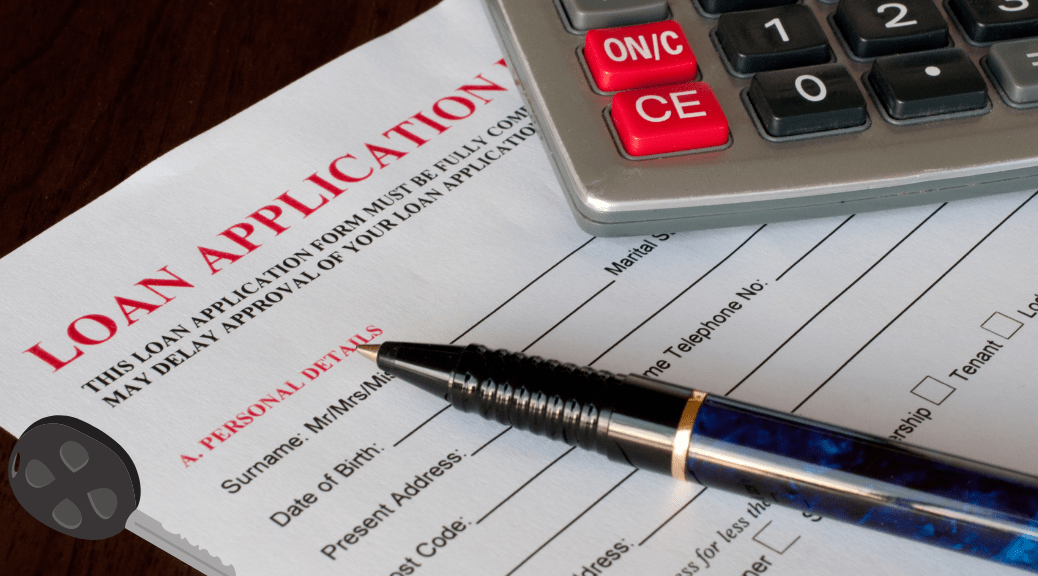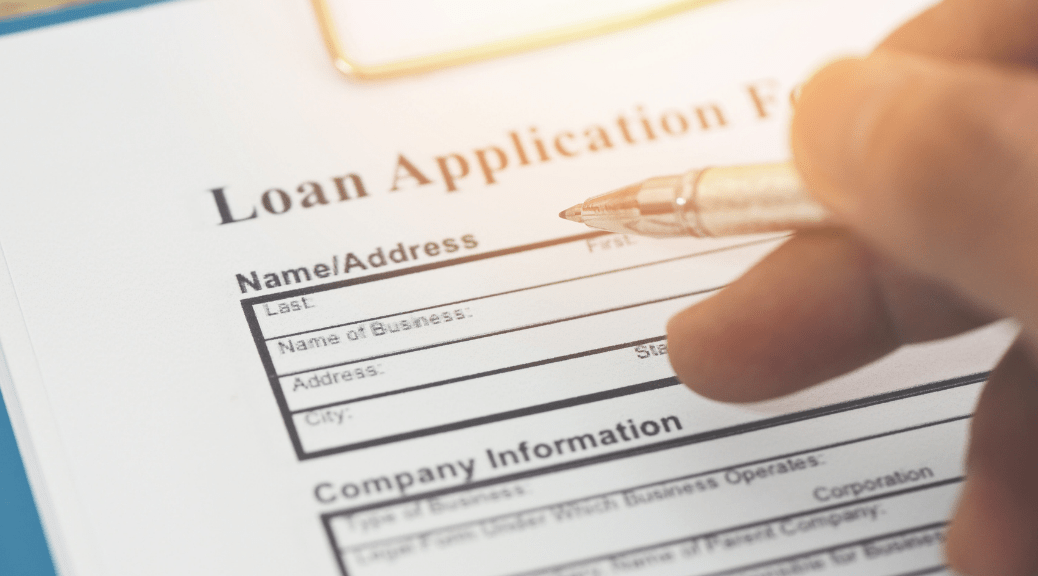In India, owning a vehicle, whether it's a car or a two-wheeler, is a common aspiration. However, not everyone has the immediate financial means to...

Handy checklist for availing a two-wheeler loan
Handy checklist for availing a two-wheeler loan
We Indians want to own a vehicle, be it a car or a two-wheeler. However, not all people have enough cash to go and buy a bike in one go and settle with it. So, the best solution for this is to take a loan. With the passage of time, getting a loan for a bike is no longer difficult. Depending on your credit history, you get loans up to 85 per cent of the cost of the bike and in some places up to 90-95 per cent. This can help you buy a bike easily, and then repay the loan in affordable EMIs. But choosing the best bike loan for you is not an easy task. A lot of research is needed before choosing a loan that best suits your needs. We’ve compiled all the necessary information in the following article for you.
Subas Tiwari
It is important for you to know what documents will be required to take a bike loan. In the absence of the life and safety of the document, the approval of your loan may take longer wasting your time. Therefore, go collect all the necessary documents before applying for the loan. For loan approval, banks ask for different types of documents from the salaried person and the self-employed. Let us know what all are required for these two sections of loan applicants.
Documents for two-wheeler loans
Every lender requires you to submit certain documents while applying for a loan. Some of the general documents required are given below:
|
Documents |
For Salaried |
For Self-employed |
|
Identity Proof |
PAN card, voter’s ID, passport, driving license |
PAN card, voter’s ID, passport, driving license |
|
Address Proof |
Utility bills, passport, etc. |
Utility bills, passport, etc. |
|
Income Proof |
Salary slips, IT returns, bank statements |
Bank statements, IT returns, audited financial statements |
Tips for availing two-wheeler loan
A few loan applicants have had their applications rejected by lenders. This is not a pleasant feeling and it is not good for your credit score. We have put together a checklist that can help you apply successfully for a two-wheeler loan. These are as follows:
- Determine the exact loan amount required:You should assess your needs and calculate exactly how much money you need to buy the bike you want. You should never apply for an amount larger than what you need.
- Check your eligibility and compare your options:Once you decide how much money you need to borrow, take a look at all the loan options that you are eligible for. This is important. Never apply for a loan you don’t qualify for. This will automatically get your application rejected. Check your eligibility for a two-wheeler loan and make sure you fulfil all the criteria.
- Check your credit score:Your credit score is one of the most important factors that determine loan approval. Lenders usually reject applications with low credit ratings. So, if your credit history is poor, look at improving it before applying for the loan.
- Get a guarantor or co-applicant:If your credit score is not up to the requirement of the lender, see if you can get a guarantor or co-applicant. Having a guarantor or co-applicant who has good credit can help you get the loan you want.
- Fill your loan application properly:Make sure your application is fully filled with all the details your lender requires. An incomplete application or an application that has wrong information may be rejected.
- Submit all the necessary documents:While submitting your loan application, make sure you submit all the documents the lender requires as well. If you don’t submit the required papers, your application may be rejected.
- Try applying with your existing lender:If you already have a good existing relationship with a bank, try taking the loan from them. This good standing may help you get a loan even if you don’t fulfil all their criteria.
Keep in mind while applying for a two-wheeler loan
Now that you know how you can successfully apply for a two-wheeler loan, let’s check out what you need to keep in mind while applying for it. These points can help you find the right loan and avoid paying more than you should.
- Do your research well:This is the first step before you apply for a motorbike loan. Make sure you do your research well. Compare all the options that various lenders offer you. Compare interest rates, processing fees, repayment options, and other loan terms. This will help you find the best and cheapest option.
- Choose your tenure wisely: The tenure of your loan will determine how much you have to repay each month. Make sure you can afford your EMI. This means you have to be wise about choosing your tenure. A shorter tenure will help repay the loan faster. But your EMIs will be high. So, choose matching your affordability to pay off every month without facing a financial crunch.
- Choose an affordable interest rate:Your interest rate determines the overall cost of your loan. It also has an impact on your EMI. Choosing a loan with a low rate of interest can help keep your EMIs low. It will also make your loan cheaper.
- Compare floating rates versus fixed interest rates:Some lenders may offer you both floating interest rates as well as fixed interest rates. Floating rates change as per the changes in the market rates. Fixed rates remain constant irrespective of market rate changes. That said, floating rates are usually lower than fixed rates.
- Compute your EMIs before applying:When you compare your loan options, make sure you compare the respective EMIs as well. Choose a loan that gives you an affordable EMI with a convenient repayment period.
- Ask about prepayment fees:If you plan on prepaying or foreclosing your two-wheeler loan at any point, find out the charges for the same. Some lenders may charge you a fee for this while others may not. Prepaying your loan can help you save interest costs.
- Read the terms and conditions properly:This is also called the fine print. Read your loan offer document thoroughly and go through every single term and condition before you sign it. The fine print may reveal hidden charges and fees that may otherwise never be mentioned. Knowing these terms can help you avoid paying heavy penalties.
Do’s and Don’ts for Two-Wheeler Loan
|
Do’s |
Don’ts |
|
Do your research well before you apply |
Don’t apply for multiple loans at the same time |
|
Make sure you are eligible for the loan you are applying for |
Don’t apply for a loan simply because you get an attractive welcome gift |
|
Compare interest rates and find the best option |
Don’t forget to fill in the application form properly |
|
Compare processing fees and other charges |
Don’t sign the loan documents without reading them thoroughly |
|
Evaluate your credit score before you apply |
Don’t choose an EMI you cannot afford |
|
Submit all the required documents without fail |
Don’t forget to pay your EMIs on time |
|
Read the offer document carefully before signing it |
Don’t forget to prepay your loan if you can |
Easy financing for superbikes
In India, the price of a luxury bike starts from Rs 5 lacs and it can go up to Rs 35 lacs or even more, depending on the model. Easy availability of finance from banks as well as non-banking finance companies for high-end two wheelers prompt customers to take up bike loans.
While 60-65 per cent of the customers buy bikes on loan, some of them may go for a superbike loan only to avoid questions from the tax angle and not because they cannot afford it. But there are also instances of people with a monthly salary of Rs 30,000 buying these bikes.
For banks, offering loans for high-end bikes is one way of getting high net worth individuals (HNI) as customers. Strangely, many banks offer loans for luxury two-wheelers at rates lower than that for standard two wheelers. However, the tenures may be longer due to high cost of the bike.
In some cases, the bank might not have an off-the-shelf loan product but could tailor one to suit the buyer’s needs. After all, someone who can afford to buy a bike of more than Rs 5 lacs could be a potential high net worth customer for the lender. The loan amounts are usually 70-80 per cent of the bike’s cost, but can also go up to 90 per cent, if the bank is happy with the customer’s profile.
People who buy high-end two wheelers do it more as a status symbol or for pleasure. But those who take loan for standard two wheelers are people who buy them for necessity, for their daily commute.
The market for high-end bikes in India is at a nascent stage, although it is growing. Harley-Davidson has tie-ups with some private banks. Triumph is the superbike from U.K and is financed by a few other private banks under a tie-up. Bucati is also a luxurious bike which is now sold in India. However, only a small percentage of customers opt for such loans.
While a large section of the demand comes from Delhi and Mumbai, cities like Bangalore, Ahmadabad and Chandigarh, too, have been excellent markets as a rich biking-culture already exists there. There is also an increasing demand from the south of India with Kochi, Chennai and Hyderabad where there is scope for a growing market for such superbikes.
What precautions/factors should one take before buying a 2-wheeler loan? As haste makes waste, any hasty decision could land you a two-wheeler which you feel like selling immediately while also could burn a hole in your pocket. Let us read on as to what they are.
Important factors to consider before buying a two-wheeler
Gear less two wheelers
They are easy to drive and their easy-to-handle capabilities makes it very popular among the teenagers. Before buying a two-wheeler however, you are advised to go through the following and take an informed decision.
Brand
There are numbers of two-wheeler manufacturers in India. The brand value also helps in the re-sale of the bike.
Budget
This is a very important factor to be considered. You can buy a good two-wheeler within a budget of Rs.60,000. But you should be ready to pay a little more for the newly- launched bikes with extra features and attractive colours.
Weight
Nowadays, there are low weight bikes available but it is extremely important to check the weight of the two wheelers so that you can ride comfortably and not get stranded when there is a puncture in your tyre.
Storage
Helmet is now getting compulsory in all major metros, cities and towns. So, one should check the storage for the same. Also, it should have enough space for storing shopping items.
Mileage
A good two-wheeler should give you a mileage of 35 to 40 kms per litre.
Height
This is another important factor after weight. Since most of the Indians are of average height, a two -wheeler should not be too high or else it will be uncomfortable to ride.
Auto Start
Kick-starting a two-wheeler is not easy especially for women riders. So, check for Auto Start and battery durability.
Durability
Check out the technical review of the bike; it doesn’t make sense to make a hasty decision and settle for something that simply looks good and offers more mileage.
Service Center
The location of your service center should be nearby your area, so that during any emergencies you should not land up traveling long distances for repairs and services.
Low Maintenance
Servicing and maintenance of two-wheelers is very important. It makes travelling very convenient because of low running and maintenance costs- which means you can get very good mileage.
Availability of Spare Parts
All the newly launched two-wheeler companies do not have their spare parts easily available in the market. Consider this point while choosing your preference.
Resale Value
Resale price depend on the brand, year and current condition of bike. A branded bike could give you better deal as compared to other two wheelers.
Related
Two-Wheeler Loans: Get on the Road with Financial Flexibility!
Family Floater Health Insurance Policies
Family floater health insurance policies are a type of health insurance plan that provides coverage for the entire family under a single policy....
Health Insurance Policy for Senior Citizens
Over the past few years, there has been a growing awareness among individuals regarding health insurance. Furthermore, following the Covid-19...









